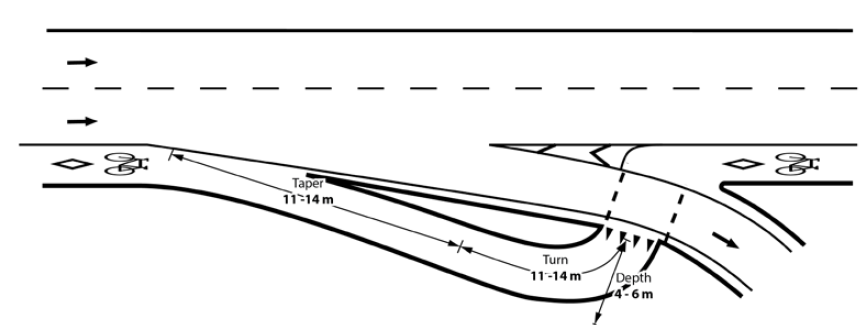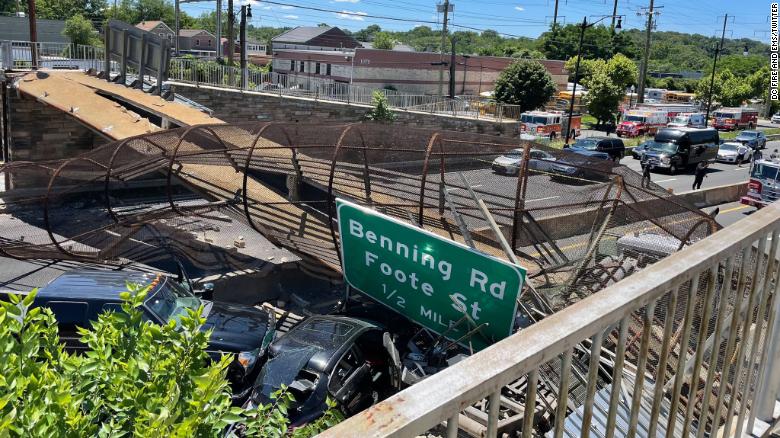Monarch Butterfly
Superstar
One suggested remedy. Will not be used in Ontario because we did not "invent" it.In urban areas, as the very least (and all areas would be ideal), there cannot be slip lanes leading into ramp access.
Slip lanes are effectively instructions to drivers to begin gaining speed immediately on entering the lane, prior to being on the actual ramp.
Many ramp designs actually reflect this, in being a bit short to serve as full on acceleration lanes to highway speed.
So a driver entering a highway from a 50km/ph road, is intuitively being told to hit 70km/ph by the time they turn parallel to the highway, even if signage instructs differently.
Highway access ramps should be hard right turns, from a regulated intersection with the acceleration done entirely on the ramp itself, after passing any pedestrian/cyclist crossing.
This would likely require lengthening several ramps to provide more acceleration room at highway level.
An expensive, but very justifiable investment.
Further, where bike lanes cross a highway, they need to have cycle track style protection wherever feasible.
Clearly that protection won't exist when literally crossing the highway access point; but it would serve to further reduce conflicts and risks, and slow drivers from making sharp or quick turns, if that meant mounting a curb.

From link. BTW the "shark's teeth" mean "YIELD" to the vehicles already in the ramp. Also will not be used in Ontario, because we do not know what "yield" means.






